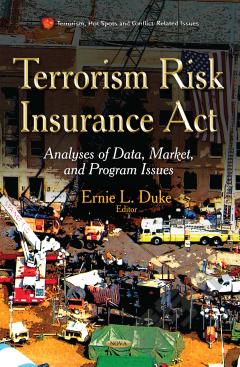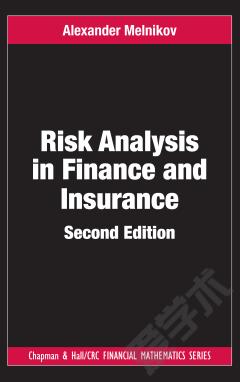Surplus Lines Insurance Market: Background and Analysis
In general, insurance is a highly regulated financial product. Every state requires licenses for insurance companies, and most states closely regulate both company conduct and the details of the particular insurance products sold in the state. This regulation is usually seen as important for consumer protection; however, it also creates barriers to entry in the insurance market and typically reduces to some degree the supply of insurance that is available to consumers. Rather than requiring consumers who may be unable to find insurance from a licensed insurer to simply go without insurance, states have allowed consumers to purchase insurance from non-licensed insurers, commonly called nonadmitted or surplus lines insurers. Although any sort of insurance could be sold by a surplus lines insurer, most such transactions tend to be for rarer and more exceptional property and casualty risks, such as art and antiques, hazardous materials, natural disasters, amusement parks, and environmental or pollution risks. This book discusses surplus lines insurance, and property and casualty insurance.
{{comment.content}}








 京公网安备 11010802027623号
京公网安备 11010802027623号